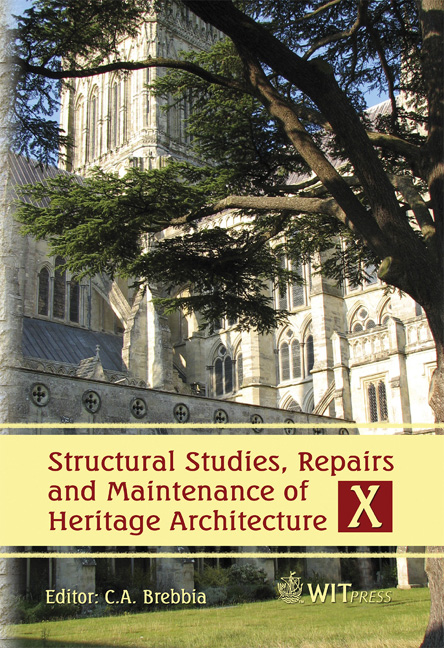Post War Reconstruction Period 1940–1970: Steel And Concrete Structures In The Netherlands
Price
Free (open access)
Transaction
Volume
95
Pages
11
Published
2007
Size
5,351 kb
Paper DOI
10.2495/STR070121
Copyright
WIT Press
Author(s)
G. G. Nieuwmeijer
Abstract
This period is characterized by the development of existing building materials and steel and concrete structures, as well as by the use of new materials such as prestressed concrete and lightweight concrete. Steel construction methods led to the appearance of new forms such as space frames, suspended roof structures, shell structures and orthotropic decks on bridges. For concrete structures it was primarily new construction systems deriving from the employment of prefabrication and sliding formwork and new methods of calculation, which led to advances. Surveys and the typology of structures lead, on one the hand, to the assessment of historical cultural values, while on the other hand, information is acquired for transformations with the regard to changes in function. Examples of both typical and uncommon structures are given. Keywords: reconstruction, steel, concrete prefabrication, prestressed, roofstructures. 1 Introduction The growing interest in the Reconstruction Period and questions relating to the transformation of buildings were reasons why the History of Structural Design Group of the Faculty of Architecture started research on this subject. The structures of the period 1850 – 1940 also influence the architecture of this period and the cultural historical value of the buildings. Many building from this period have already been demolished, or are threatened with demolition. Why not reuse these buildings? The transformation of buildings, however, demands understanding of their structural design.
Keywords
reconstruction, steel, concrete prefabrication, prestressed, roofstructures.




